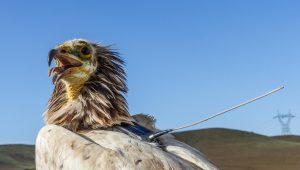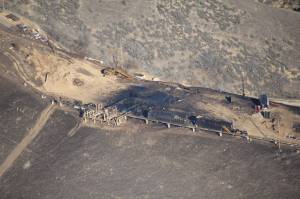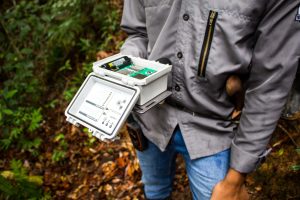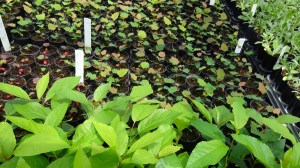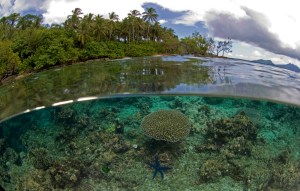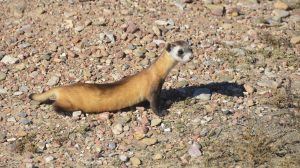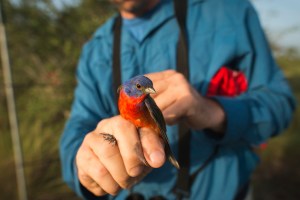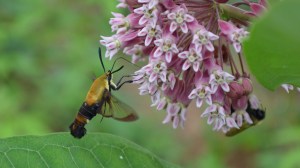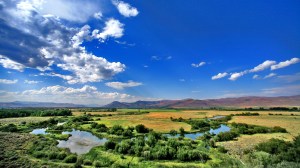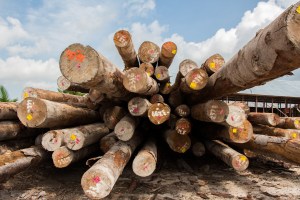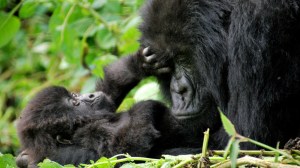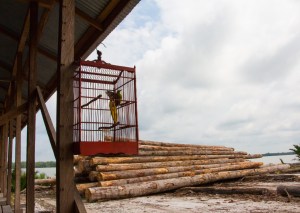Discover stories in Conservation Science
Poisoning Vultures Will Come Back to Bite Us
Killing off the world’s vultures can come back to bite people — literally — in the form of rabid dogs.
Remember That Catastrophic Natural Gas Leak in California? Yeah, That Could Happen Again
New research finds 1 in 5 active underground natural gas storage wells in the U.S. could be vulnerable to large-scale accidental releases, like the one at California's Aliso Canyon well field in October 2015.
Bioacoustics Reveal How Biodiversity Changes Across Borneo’s Logged Forests
The Nature Conservancy’s Indonesia program is using bioacoustics — first tested in Papua New Guinea — in Borneo, where they will use forest sounds to understand how biodiversity changes with different land use types across East Kalimantan.
What Happens When You Plant a Pile of Bear Scat?
A biologist plants a pile of bear scat. What pops up surprised even her.
Logging Threatens Reef Fish Nurseries in the Solomon Islands
New research shows that logging operations significantly reduce populations of juvenile reef fish on their nursery grounds, jeopardizing both reef health and local livelihoods in the Solomon Islands.
What Has the Endangered Species Act Ever Done for Us? More Than You Think.
99% of species protected by the endangered species act have been saved from extinction. You read that right, 99%.
Migration, The Black Box of Neotropical Bird Conservation
New research evaluates the state of the science around bird populations migrating through the Gulf of Mexico.
Camera Traps Chronicle Restoration Success at Davis Bend
Camera traps on Davis Bend Preserve, in the most biodiverse region of the Green River, show the benefit of fire to regenerate prairies and the return of wildlife to the area.
Recovery: Ranching Gone Right
Ted Williams looks at ranchers restoring grasslands, repairing watersheds, reconnecting rivers and maintaining wildlife corridors.
Where Logging Reigns, Going Beyond Sharing vs Sparing
Conservancy scientists and their partners are teasing apart the complexities of the land sharing or sparing question in Berau, Indonesia.
Rwanda Looks to National Parks as Part of a Peaceful, Hopeful Future
On the Rwandan Genocide Memorial Day, a look at how national parks could be a part of the country’s vision for a peaceful, prosperous future.
Modeling Logging’s Impacts on Biodiversity & Carbon in a Hypothetical Forest
New research from Nature Conservancy scientists indicates that low-intensity selective logging offers both the best and worst conservation outcomes while maintaining wood production, depending on both land tenure security and the use of certified reduced-impact logging methods.
